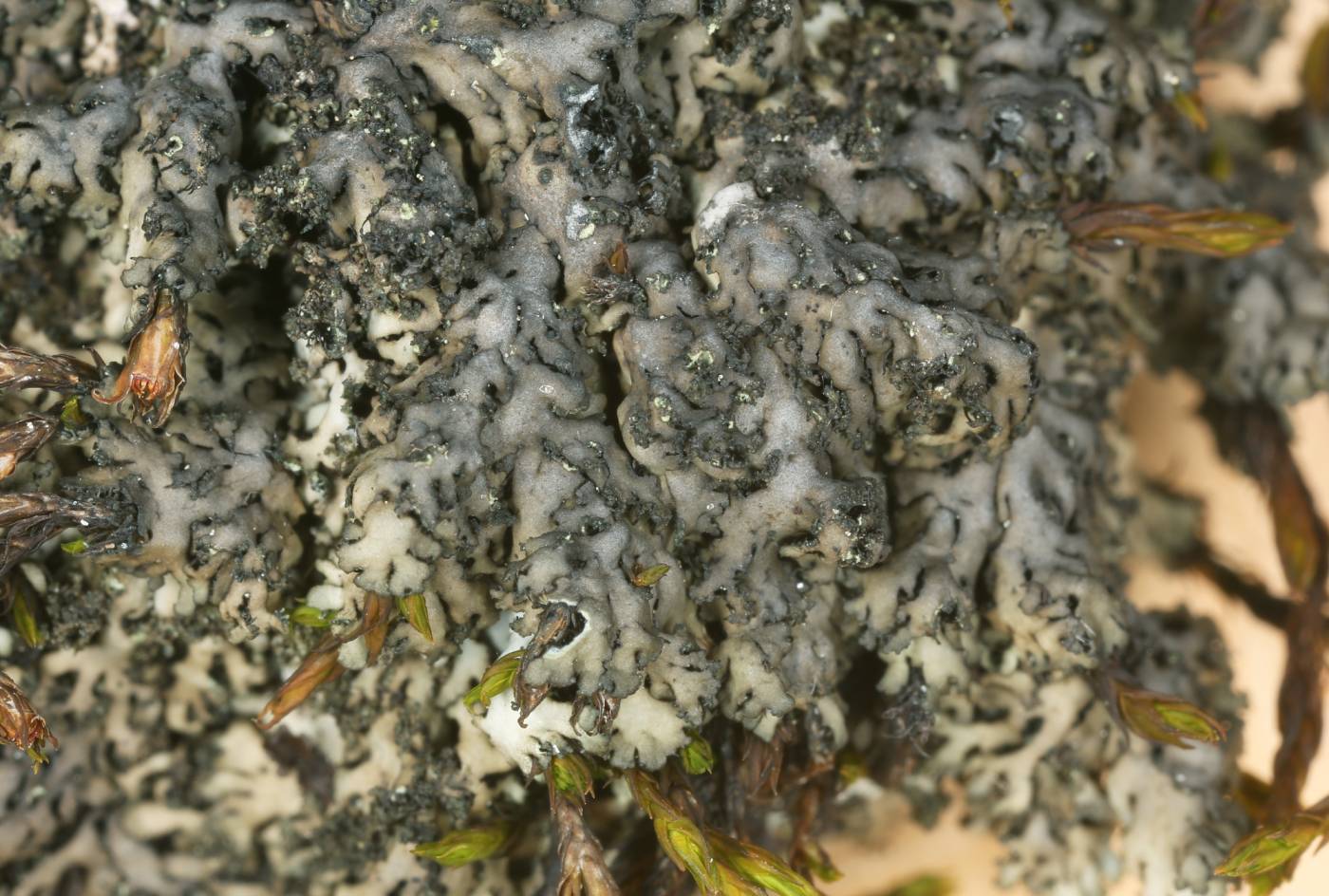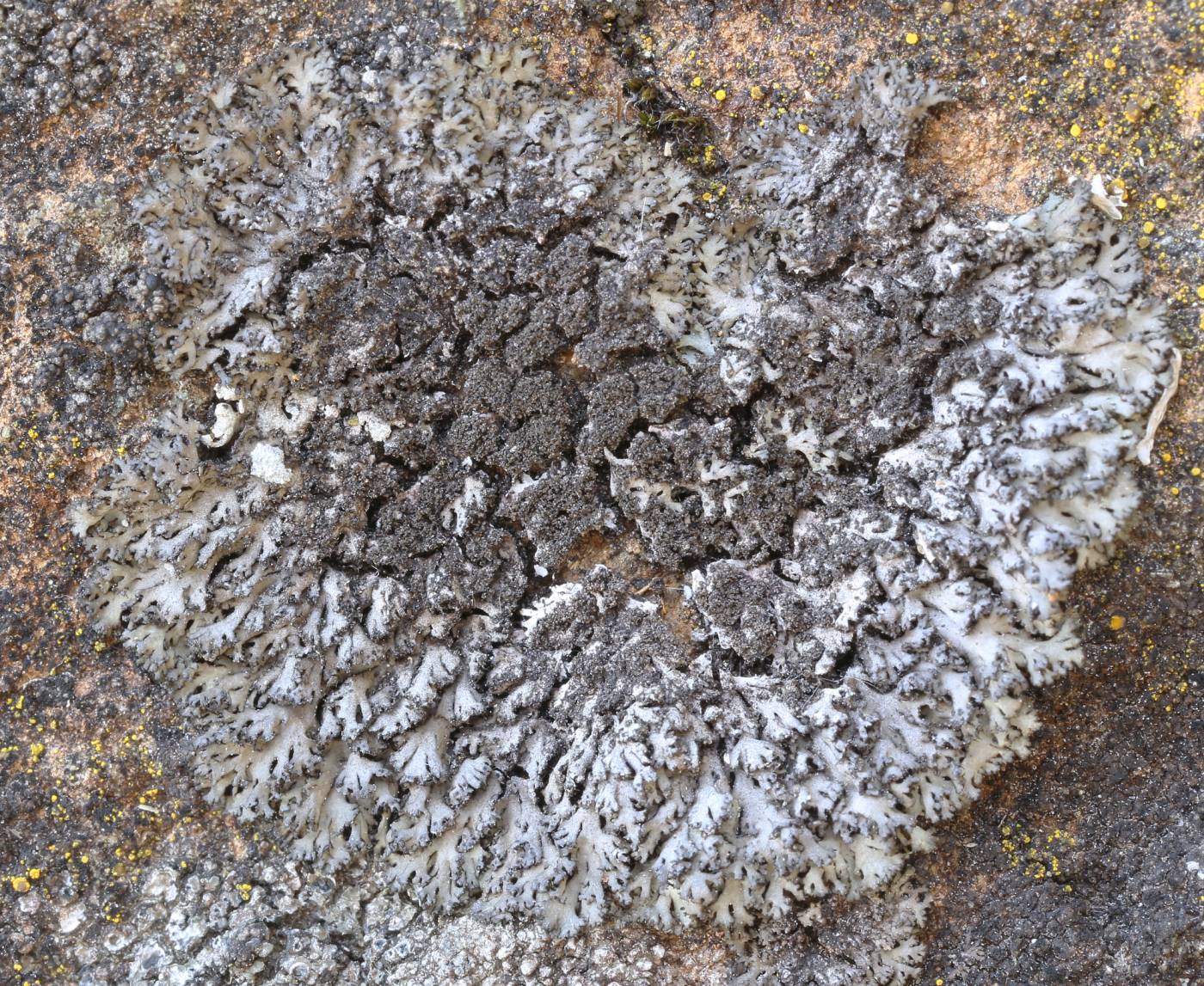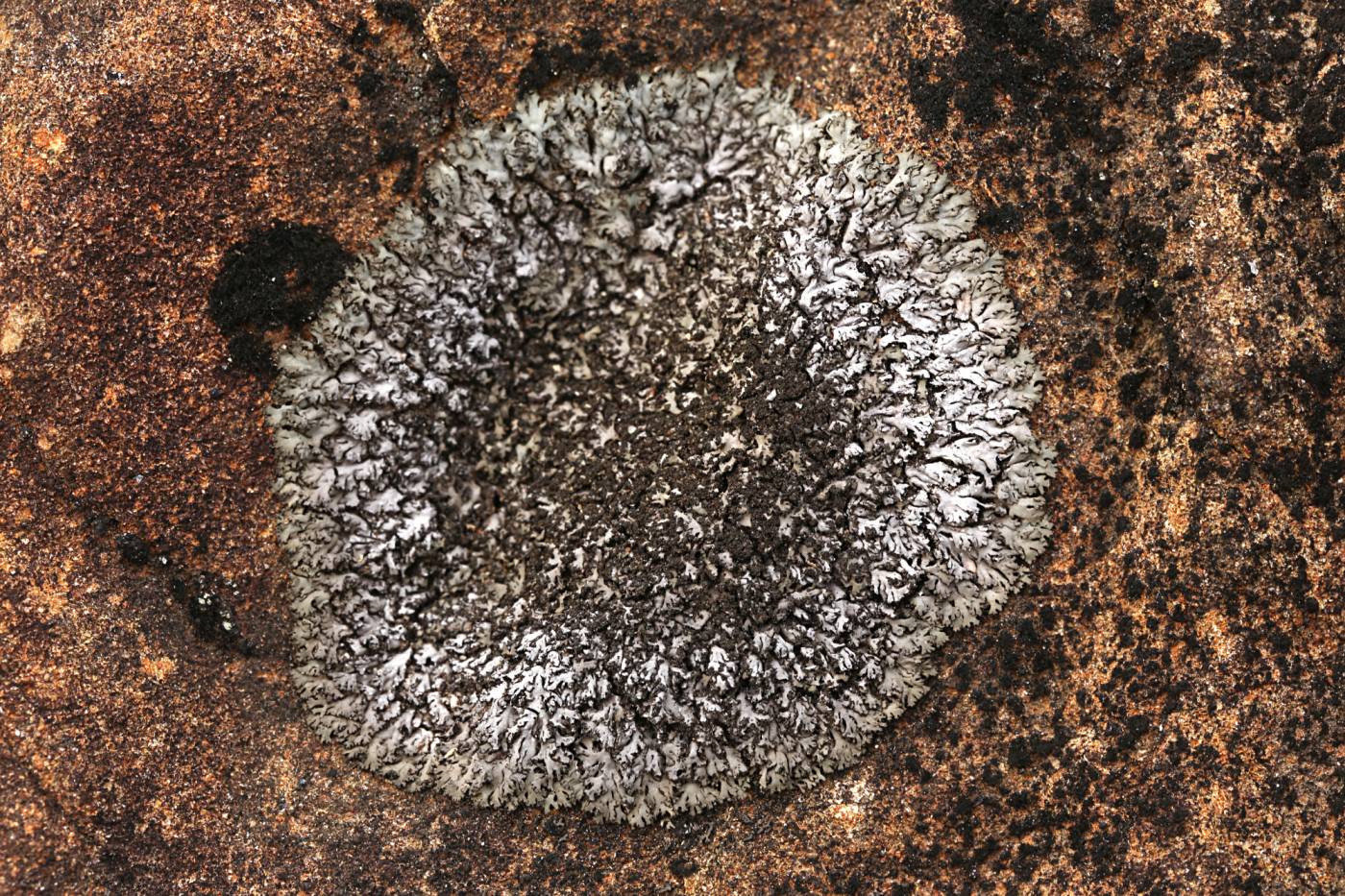Phaeophyscia sciastra has a very dark thallus and isidia and is much larger than the similar P. nigricans. Most commonly, it occurs on calcareous rocks, often in association with mosses. It prefers exposed to slightly shaded natural rock outcrops but may also occur on anthropogenic stands. There are also records from other substrates, such as siliceous rocks, wood or bark). In Europe and in the Czech Republic, it is a widely distributed species. In the Czech Republic, it is locally abundant in areas with calcareous rocks from lowlands to mountains, elsewhere it is relatively rare.
taxonomic classification:Ascomycota → Lecanoromycetes → Caliciales → Physciaceae → Phaeophyscia
Red List (Liška & Palice 2010):NT – near threatened
Occurrence in the Czech Republic
All records: 82, confirmed 68. One click on a selected square displays particular record(s), including their source(s).


